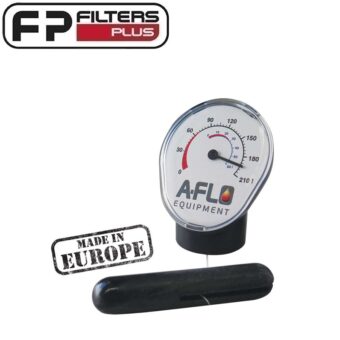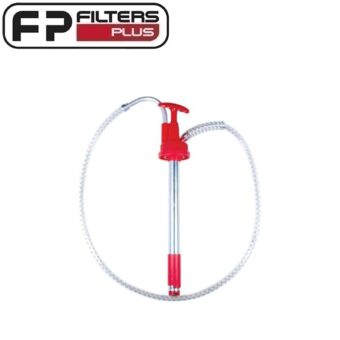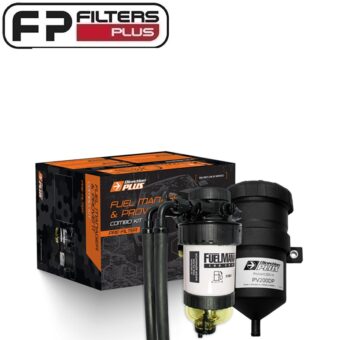No products in the cart.
20% OFF ALL PENRITE PRODUCT ONLINE



Maintaining your vehicle is essential for ensuring its longevity and optimal performance. Among the various aspects of vehicle maintenance, one critical but frequently overlooked task is the replacement of the oil sump plug during each service. This seemingly minor component holds significant importance in the overall health and functioning of your car, truck or machine. Regularly changing the oil sump plug can have a substantial impact on your vehicle’s engine and overall performance. Let’s explore why this small but mighty part deserves more attention.
Repeated use and exposure to extreme engine conditions can wear down the oil sump plug. This wear and tear might result in the plug not fitting as snugly as it should, leading to potential oil leaks. Even a small leak can be detrimental, causing a gradual loss of oil, which in turn can lead to reduced lubrication and potentially severe engine damage. Timely replacement of the oil sump plug and washer is a simple yet effective way to avert such risks.
Each time the oil sump plug is removed and replaced, its sealing ability can diminish. A compromised seal might allow oil to seep out, leading to lower oil levels and the risk of engine components running dry. By replacing the plug and its washer regularly, you ensure a consistently tight and effective seal, safeguarding your engine’s lubrication. Another factor to consider is using the correct washer. There are many kinds of washers, from copper, Steel, Nylon and even plastic. Refer to your owner’s guide or OEM specifications to ensure you’re using the right washer for your car, truck or machine.
The threads of the oil sump drain plug are prone to damage over time, especially if the plug is over-tightened or handled roughly during oil changes (if you are honest, you’ve dropped it on the ground before). Stripped or damaged threads can prevent the plug from securing correctly, increasing the risk of leaks or, even worse, shaking free! Regular replacement helps to maintain the integrity of these threads, ensuring a secure fit every time.
For vehicles equipped with magnetic oil sump plugs, these components serve an additional function of trapping metallic particles within the oil. Over time, the magnetism can diminish due to the heat it is exposed to, reducing the plug’s effectiveness in keeping the engine oil clean. Regularly replacing the plug ensures that it continues to perform this vital cleaning function effectively.
Investing in a new oil sump plug during each service is a cost-effective strategy. The expense of replacing this drain plug is minimal (most drain plugs will cost under $15) compared to the potential costs associated with engine damage due to oil leaks or contamination. It’s a proactive approach that can save you significant money and trouble in the long run.
Knowing that such a vital component of your engine is in good condition after each service offers peace of mind. Regular replacement of the oil sump plug helps prevent worrying about potential oil leaks and engine damage, allowing you to focus on enjoying your drive and keeping your rig up and running.
In summary, the routine replacement of your vehicle’s oil sump plug during each service is a small yet significant practice in vehicle maintenance. It safeguards against oil leaks, ensures a proper seal, prevents thread damage, maintains the effectiveness of magnetic plugs, and contributes to overall cost-effective vehicle care. If you don’t know what sump plug your car, truck or machine needs, we’ve got you covered with our Sump Plug Guide. Remember, the key to a healthy vehicle lies in regular and proactive maintenance, and the oil sump plug is a prime example of this principle in action.
 A-FLO
A-FLO A-FLO
A-FLO DIRECTION PLUS
DIRECTION PLUS